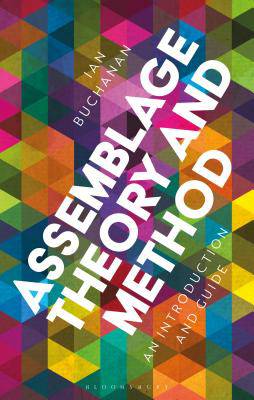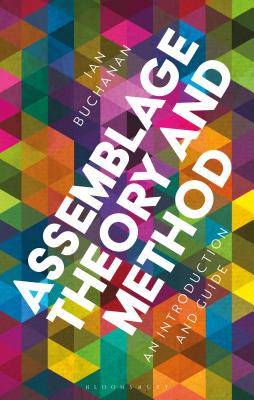
Bedankt voor het vertrouwen het afgelopen jaar! Om jou te bedanken bieden we GRATIS verzending (in België) aan op alles gedurende de hele maand januari.
- Afhalen na 1 uur in een winkel met voorraad
- In januari gratis thuislevering in België
- Ruim aanbod met 7 miljoen producten
Bedankt voor het vertrouwen het afgelopen jaar! Om jou te bedanken bieden we GRATIS verzending (in België) aan op alles gedurende de hele maand januari.
- Afhalen na 1 uur in een winkel met voorraad
- In januari gratis thuislevering in België
- Ruim aanbod met 7 miljoen producten
Zoeken
Omschrijving
What do we mean by 'assemblage' in contemporary theory? The constant and seemingly limitless expansion of the concept's range of applications begs the question, if any and every kind of collection of things is an assemblage, then what advantage is there is in using this term and not some other term, or indeed no term at all? What makes an assemblage an assemblage, and not some other kind of collection of things?
This book advances beyond this impasse and offers practical help in thinking about and using assemblage theory for contemporary cultural and social research, in order to: - Answer the question: what is an assemblage?- Explain why assemblage theory is necessary
- Provide clear instructions on how to use assemblage theory Ian Buchanan maps the beginnings of a brand new field within the humanities.
Specificaties
Betrokkenen
- Auteur(s):
- Uitgeverij:
Inhoud
- Aantal bladzijden:
- 192
- Taal:
- Engels
Eigenschappen
- Productcode (EAN):
- 9781350015548
- Verschijningsdatum:
- 3/09/2020
- Uitvoering:
- Hardcover
- Formaat:
- Genaaid
- Afmetingen:
- 140 mm x 216 mm
- Gewicht:
- 367 g

Alleen bij Standaard Boekhandel
+ 373 punten op je klantenkaart van Standaard Boekhandel
Beoordelingen
We publiceren alleen reviews die voldoen aan de voorwaarden voor reviews. Bekijk onze voorwaarden voor reviews.









